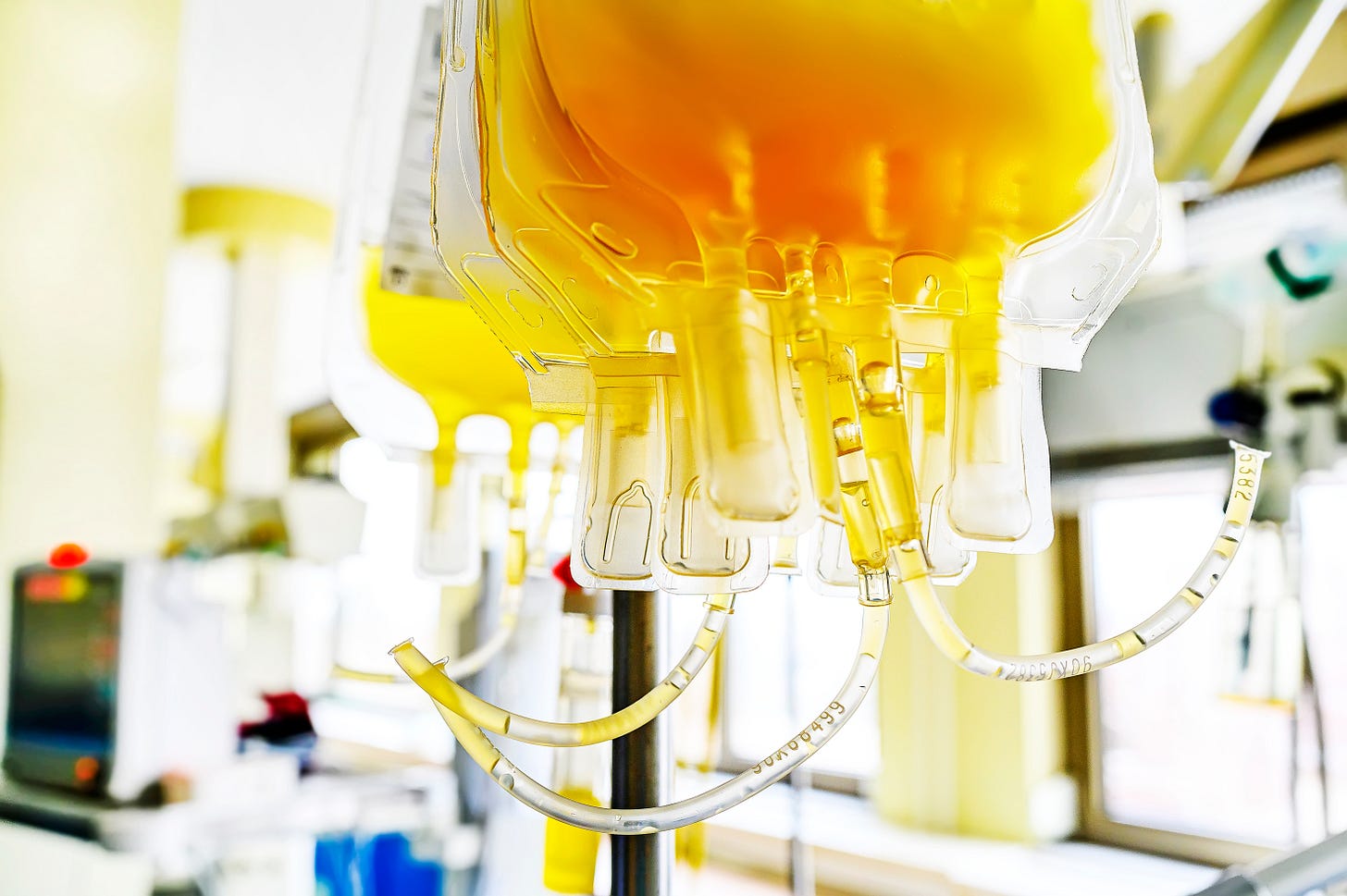The Latest in Critical Care, 11/6/23 (Issue #19)
Convalescent plasma for severe Covid-19; Cryoprecipitate for massive hemorrhage (CRYOSTAT-2); Aortic balloon occlusion for trauma (UK-REBOA)
Convalescent plasma for ARDS due to Covid-19
Convalescent plasma, donated by patients after recovering from Covid-19 and distributed by the Red Cross, represented one of the many ethical and policy controversies generated by the pandemic. The therapy was approved for emergency use in 2020 by FDA after an observational study of 10 patients showed likely …
Keep reading with a 7-day free trial
Subscribe to PulmCCM to keep reading this post and get 7 days of free access to the full post archives.



